As soon as the referee blew the final whistle, the U-17 Ghana national team signalled towards a small set of Ghanaian fans as both, the team, as well as the fans, celebrated the 2-0 win over Niger with graceful dance movements. That too in sync, just like Iceland’s adored Viking Clap or even Northern Ireland’s Will Griggs madness. “We call it Fubia, it is famous in Africa and we practise everyday after training. When we saw the fans, the coach encouraged us to do it in front of the travelling fans,” said Ghana captain Eric Ayiah, who scored the Black Starlets’ opening goal.
In the stands, a total of 43 Ghana fanatics made the noise, screaming their lungs out and grooving like there is no tomorrow. They were the members of the Ghana Supporters Union, who not only travel around the world but reach out to each and every venue where the national team is playing. Even at the junior level. “We all are the members of the Ghana Supporters Union and all we do is back our countrymen from the stands day in day out,” explained David Osafo, a member of the fans union.
There was one particular corner where these fans, wearing the traditional red, yellow and green, sang hymns in their local language Twi. “Thank you, Jesus for helping us,” Osafo translated one of the most famous chants. The bunch was loud and even louder while calling out ‘Elijah’ (biblical reference) as most of the fans came from a Catholic background.
However, 43 was still a small number in comparison to the support in other events. Interestingly, a group of more than 1000 fans encountered a problem during the 2014 World Cup in Rio. “The problem was that we were too many. So, the accommodation process looked a bit difficult. That’s why we came here (India) with just 43 and haven’t faced any problems yet,” Osafo smiles before waving his flag as the fellow Ghanaian continued to sing loudly. The security officials at the gate did not allow the travelling fans to bring their drums and flutes but the loud and proud bunch made their presence felt without it.
At the half-time break, the government-backed Union caught the eye of the neutral Indian crowd, who started clicking selfies with the members and the Ghanaian flag. By that time, the exuberant fans became celebrities and the Indian spectators were turned into Ghana fans. Some of the kids joined the party, while others just admired the kind of passion these fans exhibited, something they are not familiar with. “The atmosphere is the same even when we support our local clubs back in Ghana,” said Ofoso before the start of the second-half.
The teams played for 90 minutes but the dancing and singing continued till the extra-time. More than that, including the celebrations outside the stadium. “If you are born in Ghana, it (dance movements) automatically becomes a part of your day-to-day routine,” said Osafo.
Ghana’s fleet-footed warriors
Ever wondered why Ghanaians are so pacey and always energetic on the pitch? A classic example is of Asamoah Gyan whose blistering pace worked wonders for the senior team at the 2010 World Cup. In fact, at the U-17 level, Ayiah and Ibrahim Sulley ripped apart defences with quick runs with the ball and off it.
All through their game against a well-built Niger side, it was the pace that stood out for Ghana. The same speed that had left the Indian team panting. Ghana’s ability to blow apart opposition’s defence with their pace cannot be questioned and if questions are raised, the fleet-footed warrior-like teenagers will make sure you were wrong.
“Players in Ghana are nurtured in this way. They have this raw pace since childhood. We are blessed with pace,” explains Osafo, who is also a journalist with a news channel and has seen some of the U-17 kids from close quarters quite often. Playing football is a huge task in itself not only for the Ghanaians but also for the rest of Africa. Kids don’t have an option but to play on uneven grounds, filled with sharp stones.
“They don’t have proper boots, so they play on uneven pitches. That’s how they learn to be light on their feet and practise to run on their toes since an early age. Believe me, even the conditions are not that great back home. So, once they come to play here (at the World Cup), they know how to tackle any given situation.”
The Samuel Fabian-led team also showed excellent movement with the ball, launching quick counter-attacks with a barrage of long balls and through balls from the middle. Safe to say that Ghana’s control over the ball is just second to none. Here’s why. “Kids cannot afford to buy a football. So, they pluck oranges from places and tuck it into a sock or maybe put one sock after another to give it a ball-like shape. Once that is done, they juggle and practise various skills with it,” explains Osafo.
Ghana have two winners’ medals to its name, winning the 1991 and 1995 editions. But, this is the first time since 2007 that the team has made it to the main event. However, they missed out in the last edition due to the controversy surrounding one of their player’s age during the AFCON. So, to make sure this never happens again, the Ghana Football Association has taken a different route to identify if or not the player is eligible to represent the nation without fraud.
“Education is very important. If you don’t go to school, you are not allowed to be a part of the U-17 team. We have the primary school from 6-12 years and then we have the junior high school from 12-15 and then senior high school from 15-18,” says Fabian before adding “There are three categories, one is the school system where we pick players from the school level. Then there is the original system, the national system and the last one is the academy. After the AFCON, we got the team together.”
One of the major problems that have hit African teenagers is the attractiveness of the scouts from footballing powerhouses. Kids believe a move to Europe would be an escape route for them. But what if things don’t go according to the plan? “Football is a way out of poverty. There is a lot of potential in this team but the problem with our country is that scouts come and pick them early and send them outside. Some of them don’t get a good team to play with,” said Ghana coach Fabian.
It is learnt that most players in the U-17 team come from a humble background. Some parents have jobs, while unfortunately, some of them are jobless. “It is difficult to convince parents to send their children to play football. The parents think that a career in football won’t be the right move. We have seen a lot of them who come from a poor background but now they are doing well just because of the game,” said Fabian.
The Black Starlets’ will lock horns with a familiar face in Mali in the quarter-finals. The duo recently met in the final of the U-17 AFCON, where Ghana lost by a narrow 1-0 margin. However, the ever-dancing bunch would want to keep grooving till the end of the tournament.


)




)
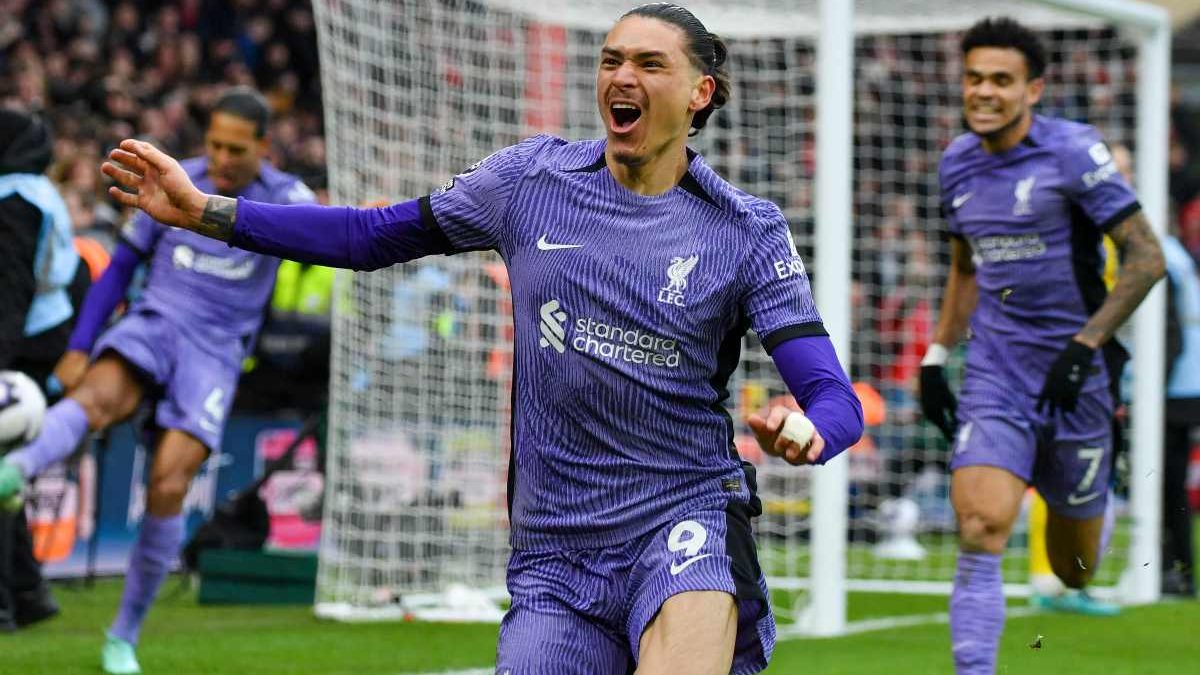)
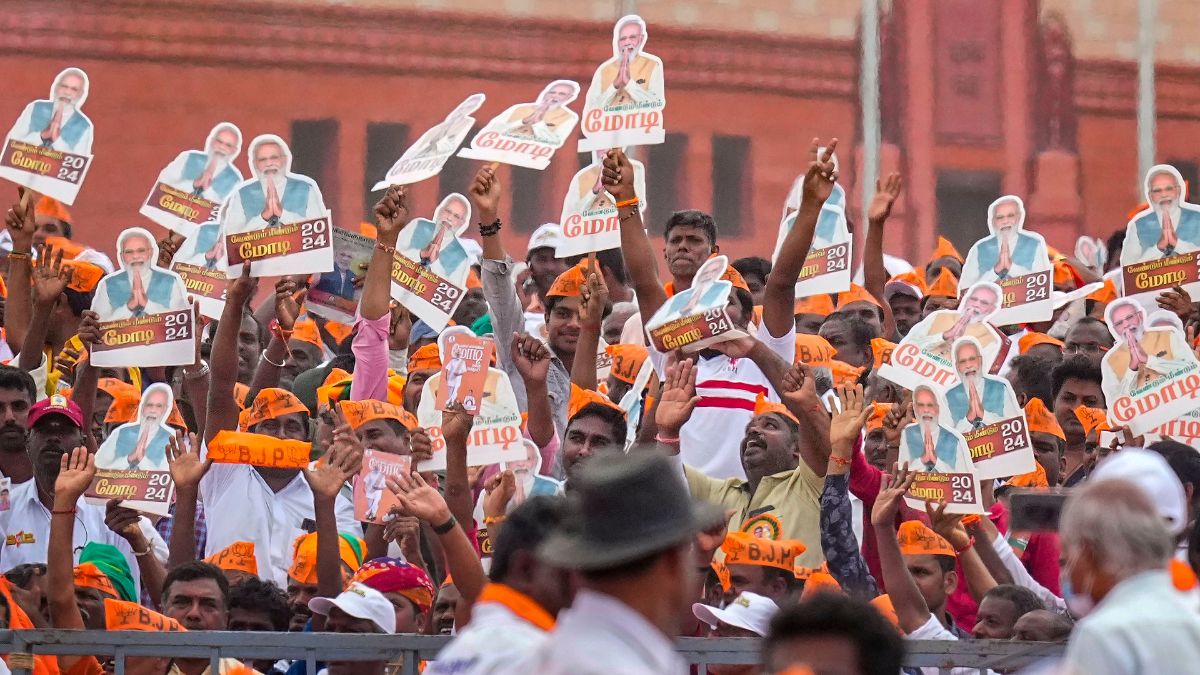)
)
)
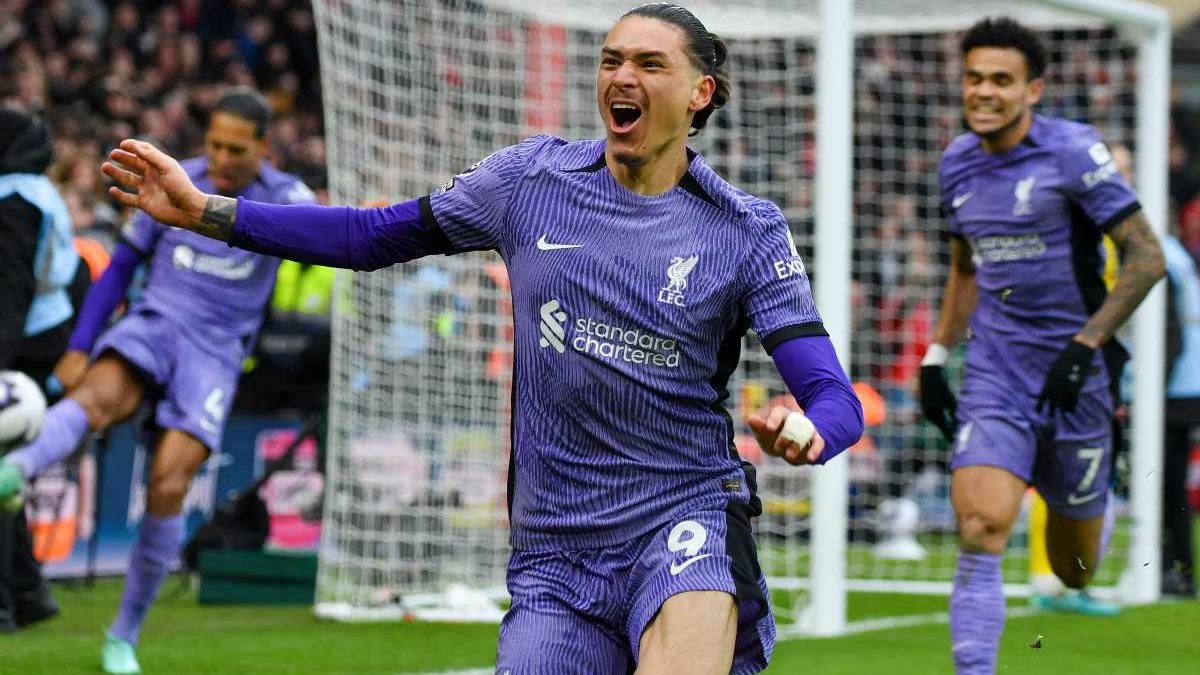)
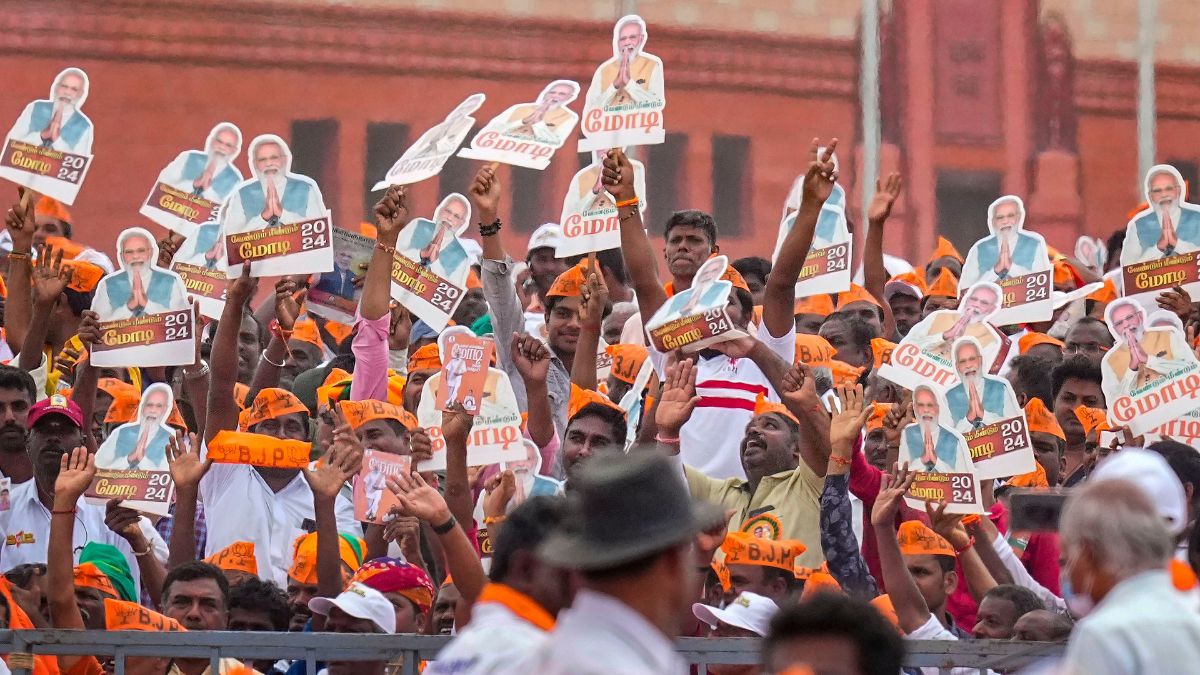)
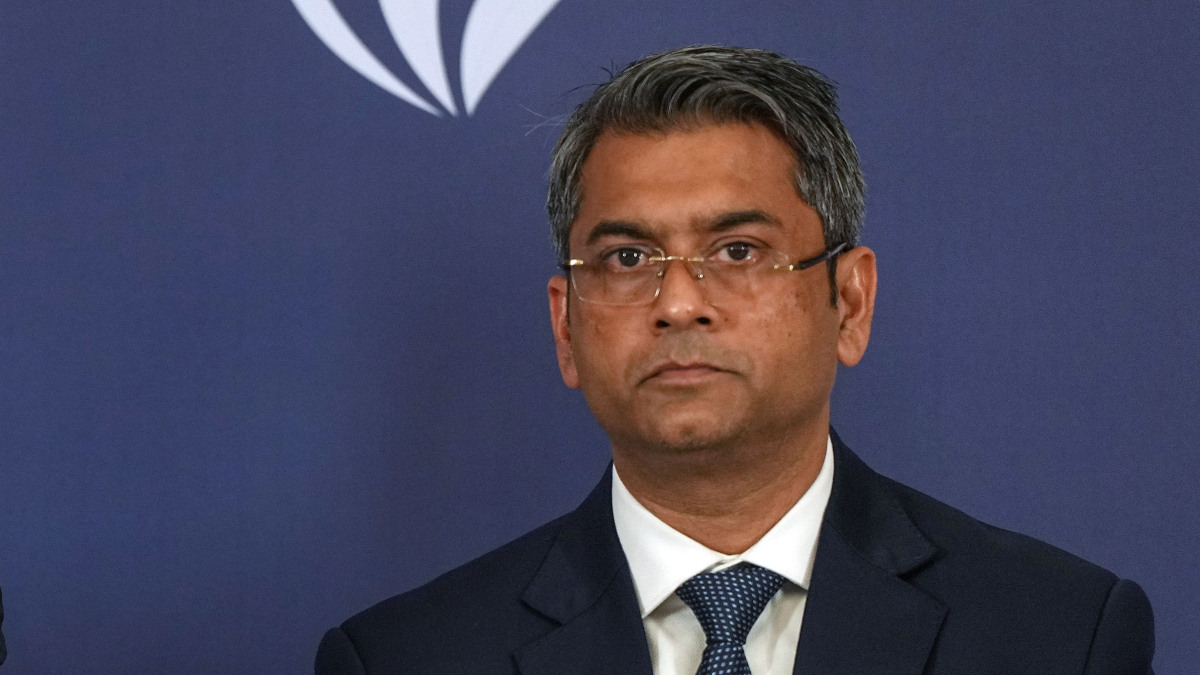)